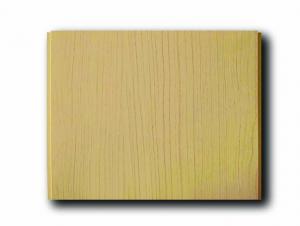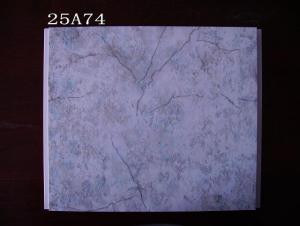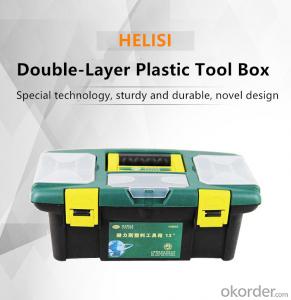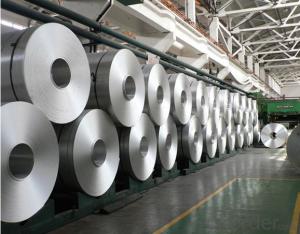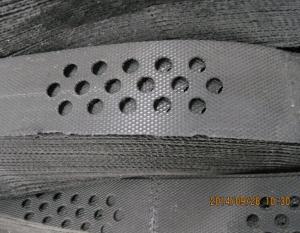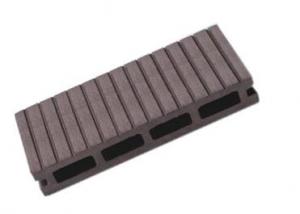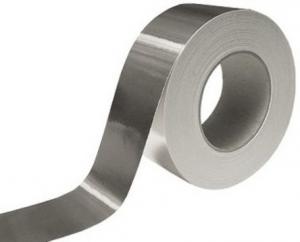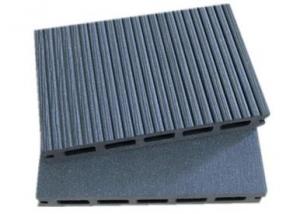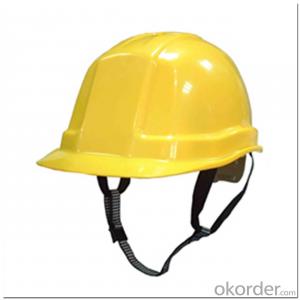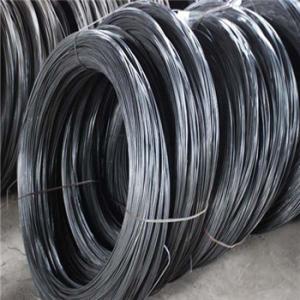Thin Hard Plastic Sheets
Thin Hard Plastic Sheets Related Searches
Primer For Galvanized Steel H S Code For Stainless Steel Wd 40 For Stainless Steel Spray Paint For Stainless Steel Drill Bits For Stainless Steel Sponge For Stainless Steel Caulking For Stainless Steel Steel Vessels For Kitchen Best Solar Inverter For Home Led Table Lamps For HomeHot Searches
Steel Mesh Panels For Sale Price For Stainless Steel Scrap Scrap Price For Stainless Steel Cheap High Tea Sets For Sale Stainless Steel Tanks For Sale High Density Fiberboard For Sale Solar Hot Water Collectors For Sale Scaffolding For Sale In Uae Scaffolding For Sale In Ireland Scaffolding For Sale In Houston Type Of Inverter For Solar Price Of Shipping Containers For Sale Stock Price For Aluminum Used Solar Inverter For Sale Portable Led Signs For Sale Stone Hot Water Bottles For Sale Large Led Screens For Sale Used Aluminum Scaffolding For Sale 1/4 Aluminum Plate For Sale Pvc Chairs For SaleThin Hard Plastic Sheets Supplier & Manufacturer from China
Okorder.com is a professional Thin Hard Plastic Sheets supplier & manufacturer, offers integrated one-stop services including real-time quoting and online cargo tracking. We are funded by CNBM Group, a Fortune 500 enterprise and the largest Thin Hard Plastic Sheets firm in China.Hot Products
FAQ
- Geogrids improve the performance of geocell-reinforced slopes for erosion control by providing additional strength and stability. They help distribute the load evenly across the slope, preventing soil movement and reducing erosion. Additionally, geogrids increase the frictional resistance between soil layers, enhancing the overall slope stability and preventing soil slippage.
- There are several factors that affect the design and selection of geogrids for geosynthetic reinforcement of slopes. These factors include the slope angle, soil type and properties, anticipated loads and stresses, construction constraints, and environmental conditions. The slope angle determines the required strength and stiffness of the geogrid to resist gravitational forces and prevent slope failure. The soil type and properties, such as cohesion and internal friction angle, influence the interaction between the geogrid and the soil, affecting the required geogrid aperture size and tensile strength. The anticipated loads and stresses, such as traffic loads or groundwater pressures, determine the design strength and durability requirements of the geogrid. Construction constraints, such as access limitations or equipment availability, may influence the selection of geogrid installation methods. Lastly, environmental conditions, such as temperature variations or chemical exposure, affect the long-term performance and durability of the geogrid, influencing the choice of materials and protective measures. Overall, a thorough understanding of these factors is essential for the effective design and selection of geogrids for geosynthetic reinforcement of slopes.
- Yes, geogrids can be effective in preventing soil erosion on slopes without vegetation. Geogrids are engineered materials made from synthetic polymers, which are typically placed within the soil to reinforce it and provide stability. They help to distribute the forces acting on the soil and increase its shear strength, thus reducing the risk of erosion. However, it is important to note that geogrids alone may not be a long-term solution. It is recommended to combine them with other erosion control measures, such as hydroseeding or erosion control blankets, to achieve optimal results.
- Yes, geogrids can be used in reinforced soil slopes. Geogrids are commonly used in reinforced soil structures to enhance their stability and strength. They are placed within the soil layers to provide additional tensile strength and distribute the applied loads, thereby preventing slope failures and improving overall performance.
- What are the procedures for using two-way geogrid
- 8 bidirectional geogrid construction methods: subgrade excavation, setting sand cushion (height of not more than 10cm), rolled into a platform, laying grille, longitudinal and main stress direction, the longitudinal joints 15-20cm, lateral 10cm, lashing plastic belt joint, and in the laying of the grille, every 1.5-2m with U the nail is fixed on the ground, laying geogrid should be timely backfill material, laying geogrid layers as technical requirements.
- Yes, geogrids can be used in the reinforcement of embankments. Geogrids are commonly used in civil engineering projects to enhance the stability and strength of soil structures, such as embankments. They are designed to distribute loads and provide support, reducing the potential for settlement and slope failure. By incorporating geogrids into the embankment design, the overall performance and durability can be improved, making them a suitable choice for reinforcement.
- Yes, geogrids can be used in mining tailings management. Geogrids are commonly utilized in mining operations to reinforce and stabilize soil and tailings materials. They can be installed to improve the strength, stability, and resistance of tailings dams or containment structures, reducing the risk of slope failure or leakage. Additionally, geogrids can enhance the dewatering process, facilitating the consolidation and compaction of tailings for improved management and disposal practices.
- Is it possible to add fiberglass grille between asphalt pavement and asphalt pavement
- First look at the drawing design requirements





